This is the first of (hopefully) many country summaries we would write. Before we get to it, we would like to emphasise, that it’s only based on the experiences we had, and that if we’d visited at a different time of year, or went on a different route, met different people, then we might have drawn different conclusions.
With all that being said, this is our summary after our short visit to Serbia.
North-Serbia
We’ve spent 2.5 weeks in Serbia.
The first week was spent in Vojvodina, North-Serbia and this was also the first week of our whole journey. We adored every day! That was due to the mixture of being in an unknown country, in an unknown situation, finally starting our trip, and of course, Serbia itself.
As I’m a proper city girl, and my knowledge about country living goes only as far as the rustic DIY ideas in the magazine, I really enjoyed seeing the countryside, and listening to Zsolt’s explanation about various agricultural machinery.
It seemed spring came early and the people were busy getting ready for the new season. Everyone was outside, doing works on the fields or around the house: cleaning the gutter, painting the fence, planting flowers.
In the villages there are always a few derelict buildings, but most of the houses are pretty and neat, their owners always had a friendly wave and smile for us.
They had, if we smiled first.
First we thought people are just unfriendly, staring at us without a smile, though we obviously looked ridiculous on our bulky bikes and out-of-place cycle gear. But soon we’ve learned that they’re just timid. As soon as we waved or said Dober dan! (Good day!), they faces lit up with a friendly smile and they shouted back their good wishes.
After this, we got used our newfound wisdom all through Serbia, rolling through the villages with a smile on our face shouting doberdan‘s at everyone and collecting our reward smiles and Sretan put!s (Safe journey!).
Vojvodina was part of Hungary, or more like the Austro-Hungarian Empire until 1918, and now an autonomous territory where there are still a considerable number of Hungarian inhabitants. Because of it’s history, the look and feel of the towns are very close to Hungarian or Austrian cities: the buildings and squares are built in the same styles, there are catholic churches everywhere, the roadsigns are written using the latin alphabet, and we were happy to see loads of Hungarian signs on the streets.
We were also overjoyed to see that the villages are structured the same way as back home, most importantly, beside the church there’s always a pub.
We cycled from one village to the other, following the towers of churches, and searching for our next stop for coffee or beer.
Food and agriculture
I was surprised to see what a dominant part agriculture plays in this side of the country. We went past countless agricultural shops and billboards advertising different types of sowing, fertilisers and machinery.
And it’s not without results.
The Serbs are very proud of their food and rightly so. In English they call everything organic, that mostly means that it’s not imported. Even in big cities, the farmer’s markets are the main place for buying groceries. Here you can buy straight from the producer, and these local products are delicious; we’ve tried whatever we could. The egg yolks are golden, the vegetables are fresh and crunchy – worlds apart from the sad Western-European supermarket groceries we got used to.
My lactose intolerance disappeared as we’ve crossed the border, and I was splurging with thick slices of home-made cheese and yoghurt every day. This would have taken me out of commission for a day in London or Budapest, so there must be a difference either in the production, or in the cow itself.
The meat is equally brilliant – and we really had the chance to try it, beause the serbian cuisine’s foundations is the meat. And the bread. But we’ll get to this later.
Hospitality
We have been welcomed with a lot of kindness and hospitality in Serbia. The people were friendly and helpful everywhere.
We have spent most of our time either with locals or other Europeans living here for a good while now, and this made our experience much richer. Not just that we’ve welcomed the chance to learn about a new country, but they also spoiled us with food and goodie-bags for the road.
We felt that it’s very important here to be a good host to travellers, sometimes even beyond their capabilities; which sometimes made us feel embarrassed, but mostly just truly thankful.
- Home made potato burek, aka Pita in the making. – – – – – Reggeli burekkészítés.
- Mira’s making pita for breakfst. – – – – – Mira néni krumplis pitát készít nekünk reggelire.
- Mira’s making pita for breakfst. – – – – – Mira néni krumplis pitát készít nekünk reggelire.
- Home-made sarma for dinner, by Mira in Backa Palanka. – – – – – Töltöttkáposzta Mira néni kezei alól! Egésznapos biciklizés után a legjobb!
- Mira, Backa Palanka
- In Inđija, after a hard climb on a rainy day, we stepped into the first village pub we found. Here, we were shepherd in by Vladimir, who was so happy to see sporty people in his village, he insisted he pays for everything we have. We asked for something warm to drink, and a pancake to share. Then of course, we were filled with vruca rakija (hot rakija shots with sugar) and double portions of pancakes. It warmed our legs and our heart, and we cycled off happy, if a bit wobbly. – – – – – Inđijába egy emelkedő után érkeztünk meg, ázva-fázva az esőben és a szélben. Bevetettük magunkat a falu első kocsmájába, hogy egy kávéval felmelegítsük magunkat. Ekkor találkoztunk Vladimirral, aki annyira megörült neki, hogy magához hasonló sportos fiatalokat lát, hogy ragaszkodott hozzá, hogy mindent ő fizessen nekünk. Némi szerénykedés után végül rendelt nekünk két nagy adag palacsintát, dióval és házi szilvalekvárral töltve, és egy-egy vruca rakiját, ami meleg, cukorral felfőzött pálinka. Fél órával később, hálásan, boldogan, felemelegedett végtagokkal végtunk neki a folytatásnak, bár igaz, egy kicsit szédelegve.
- our unexpected meal in Inđija: kuvana rakija and pancakes – – – – – az ajándék uzsonnánk Inđijában: forralt rakija és isteni paacsinta
- with Bojan in Mladenovac
- with our generous host, Boki in Nis – – – – – a vendégszerető Boki Nisben
- Zsolt with Zoki & Boki. – – – – – Zsolt Zokival és Bokival.
- Smell of love. Paying for our bag of freshly grounded coffee was out of the question. – – – – – A kis kávéboltba lépve azonnal beleszerettünk az illatokba. Vettünk is volna egy csomag kávét, ha a kedves boltos engedi kifizetni.
- Warming up with cups of tea and chocolate in Prishtina. – – – – – Test és lélekmelegítő teánk Pristhinába érkezve.
Turbofolk, the serbian partymusic
Serbians listen to Serbian music.
This wouldn’t be a case in Hungary or anywhere else in Western Europe, where the mainstream English/American songs are the main hits, but we were delighted to hear mostly local music on the radio everywhere we went. They play contemporary pop/rock and old folk songs as well. We prefer the latter, but also heard a few catchy modern tunes as well.
And if you mix the two together, that’s when you get the basics of a Serbian party: Turbo-folk, mixture of Serbian folk music with modern pop elements. Sadly, this rarely as good as it sounds; but interesting, for sure.
Here’s a little collection for you. If you were to go partying in the Balkans, this is what you could shake your bottom to. (This we didn’t have the chance to try; smoking is allowed here everywhere and our sporty lungs couldn’t handle a night locked up with thousands of smokers.)
Our summary of Serbia continues here: Serbia II.
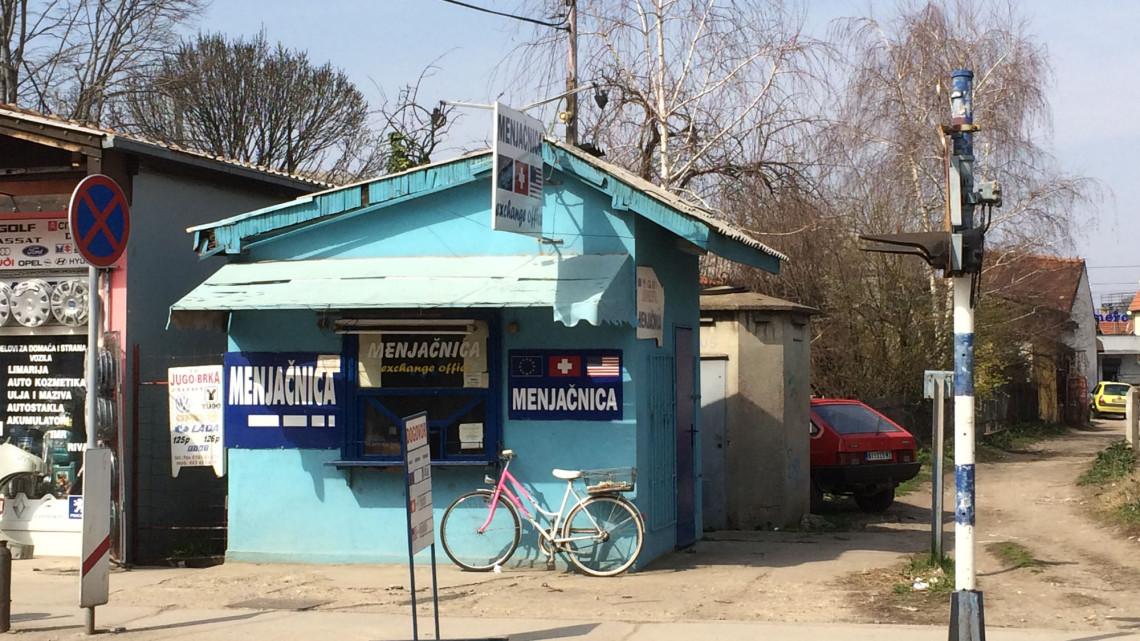


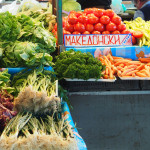
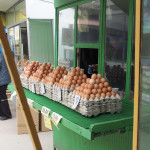
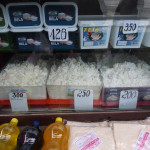
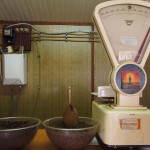
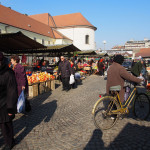


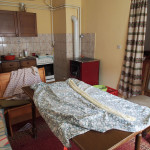
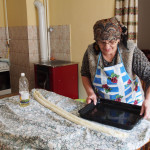
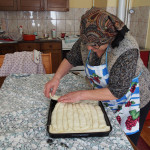

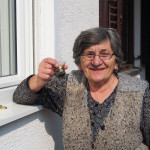
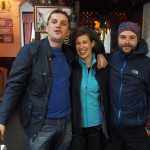

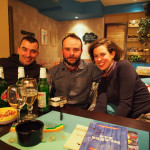
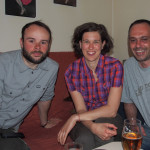
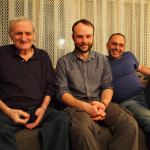
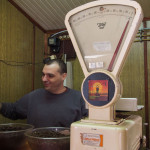
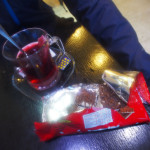

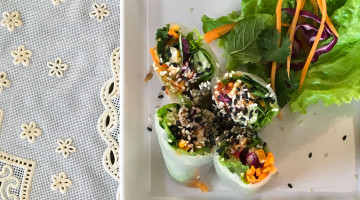
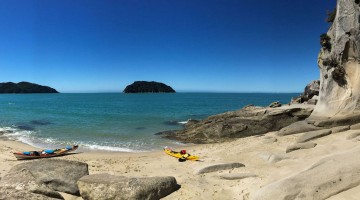
No Comment